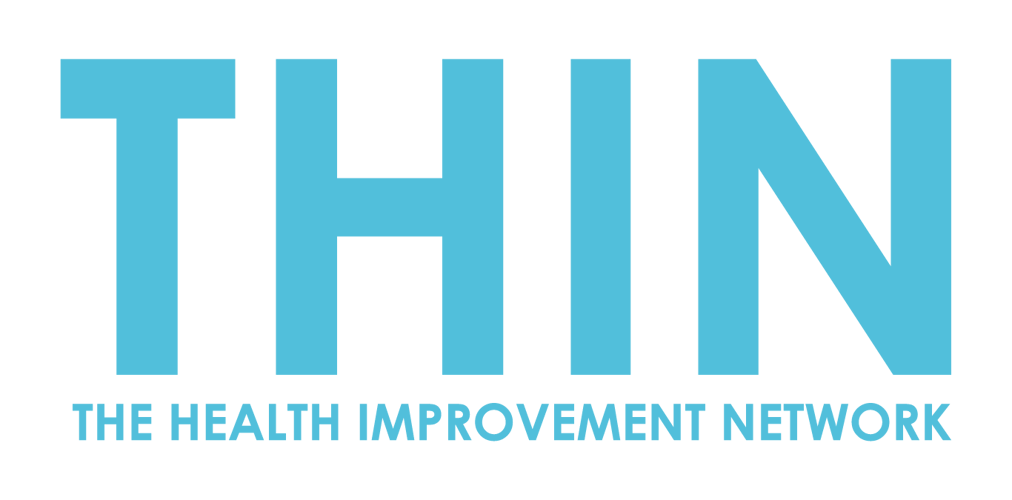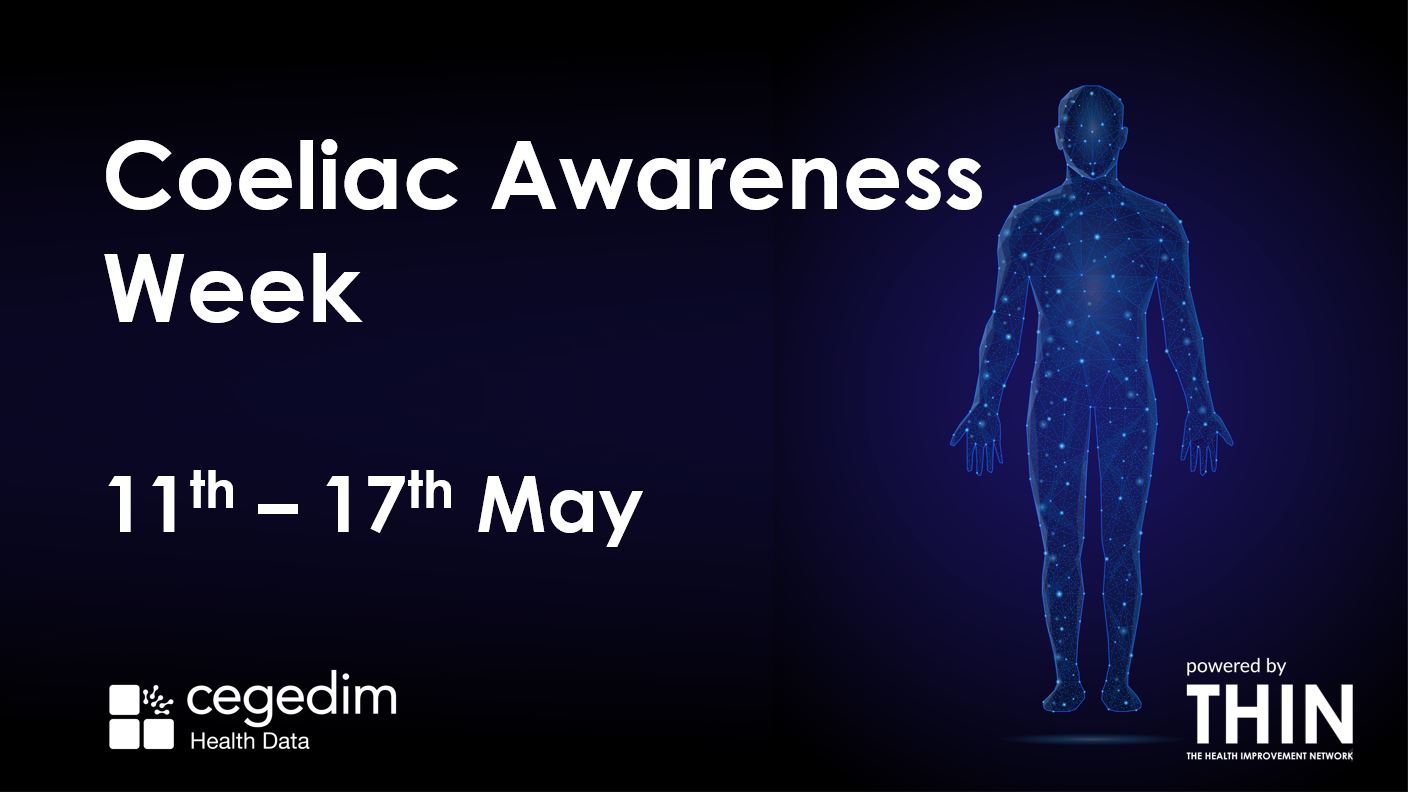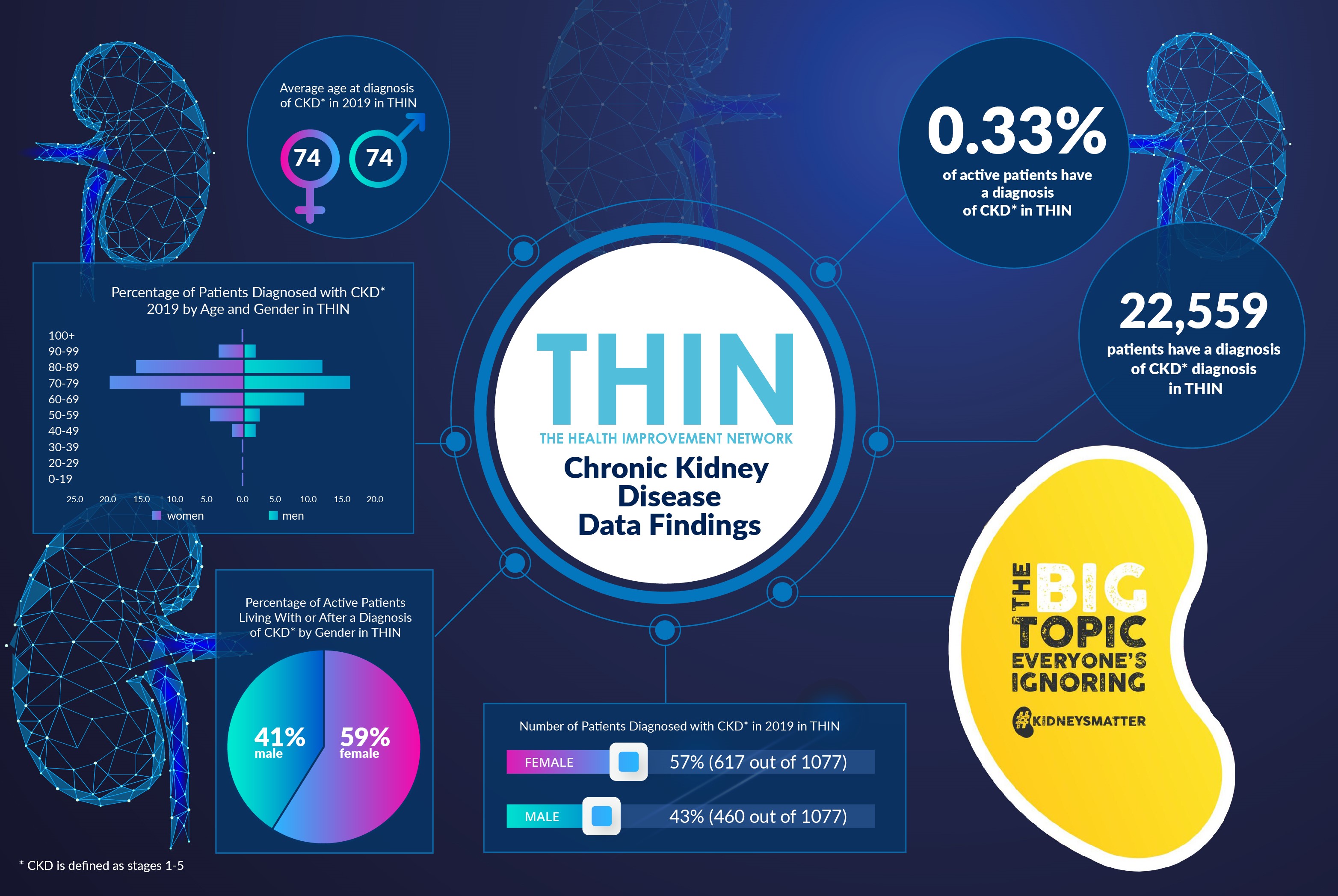Living with a Rare Disease
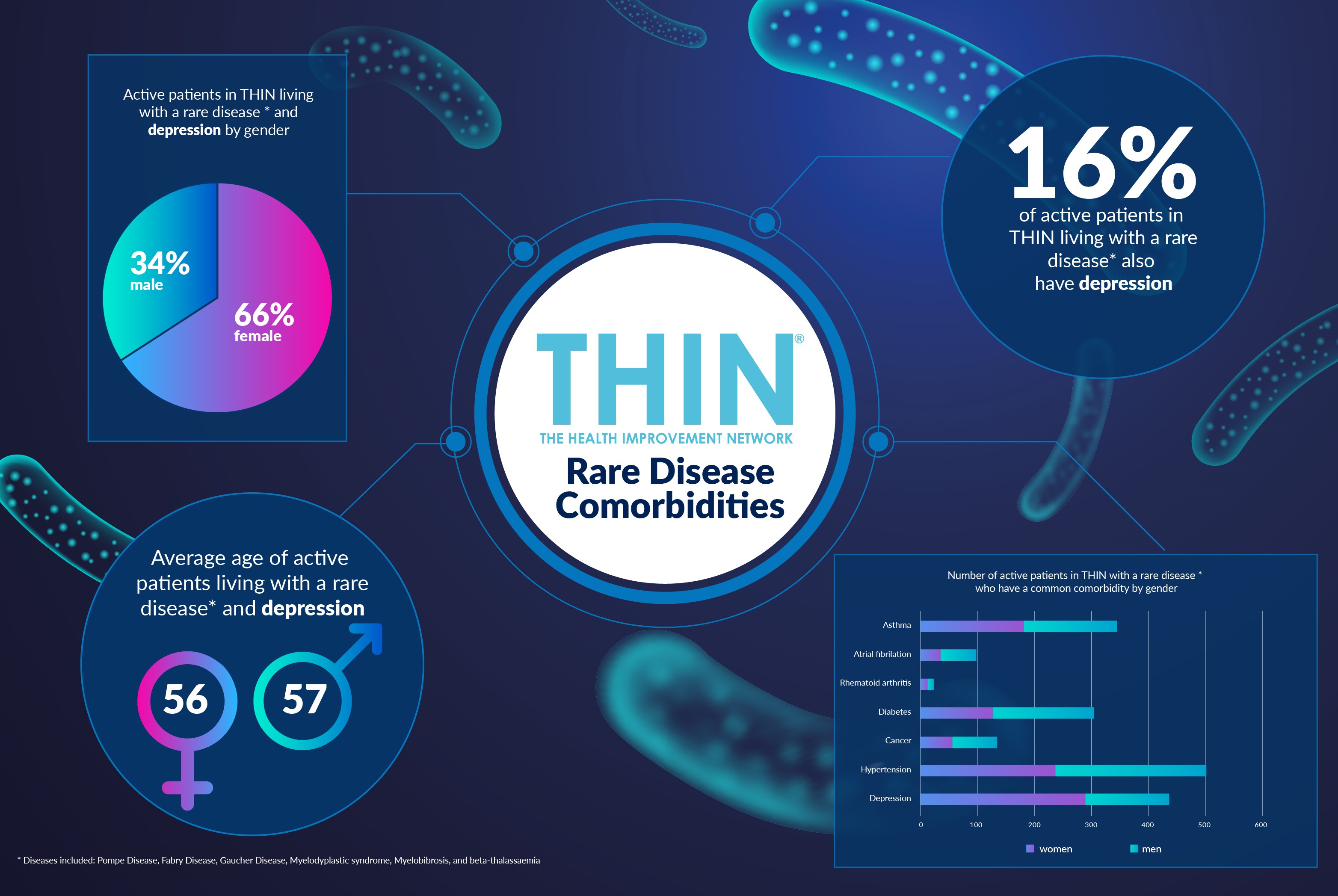
The end of February marks the 13th International Rare Disease Day. A day aimed at raising awareness about rare diseases and the impact on patient’s lives.
There are over 300 million people living with one or more of over 6,000 identified rare diseases around the world, and whilst each rare disease may only affect a handful of people scattered around the world, when counted together the number of people directly affected is equivalent to the population of the world’s third largest country.
Due to the broad diversity of disorders and relatively common symptoms which can hide underlying rare diseases, initial misdiagnosis is common. In addition, symptoms can differ not only from disease to disease, but also from patient to patient suffering from the same disease.
Research into rare diseases is key to bringing hope to the millions of people living with a rare disease and can help:
- enable doctors to give a correct diagnosis
- provide information to patients about their disease
- Increase the general understanding of these disease
- Lead to the identification of previously unknown diseases
- Lead to the development of new innovative treatments and in some cases a cure
The number of rare disease diagnoses made between 1990 and 2019 according to THIN® shows as few as 32 patients may be living with a particular rare disease in the UK.
Such rarity and diversity of rare diseases means it can be difficult to access sufficient data to complete fundamental research. And this is where THIN®, The Health Improvement Network, A Cegedim database, can help.
THIN® includes data on rare diseases such as Pompe disease, Fabry disease, Gaucher disease, Myelodyplastic Syndrome and Myelofibrosis, and can offer insights into the prevalence and complexities of such rare diseases.
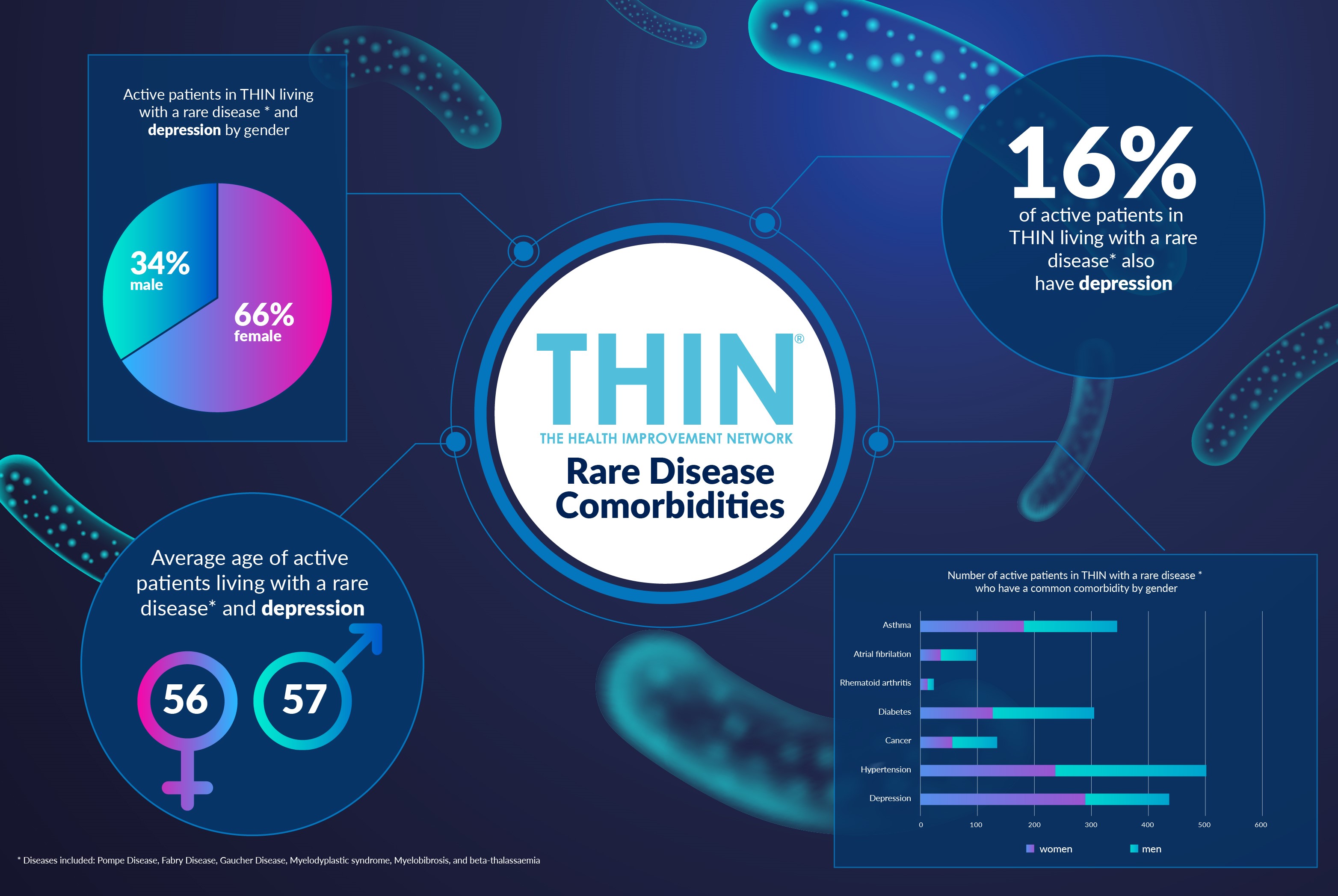
Anonymised data from the THIN® database can be used to generate retrospective insights to help healthcare professionals understand rare disease progression prior to diagnosis. These insights can be actioned using tools such as Cegedim’s Outcomes Manager solution, where complex algorithms can be applied to any clinical system to show potential patients who may warrant further investigation based on specified clinical particulars. This provides the opportunity to diagnose any rare disease much earlier in its pathway prior to full manifestation. Ultimately, tools such as these improve patient outcomes by enabling earlier treatment and management of rare conditions.
The impact of rare diseases on people’s lives is apparent in our analysis, which reveals some significant comorbidity factors that without a doubt will affect individuals’ experience of living with a rare disease.
One of the most telling is depression. It is cited that people with a rare disease are more likely to suffer depression and anxiety than people with more common diseases, even if symptoms are similar. THIN® data reveals that 16% of active patients living with a rare disease also have depression. Analysis also shows links with hypertension, diabetes and asthma.
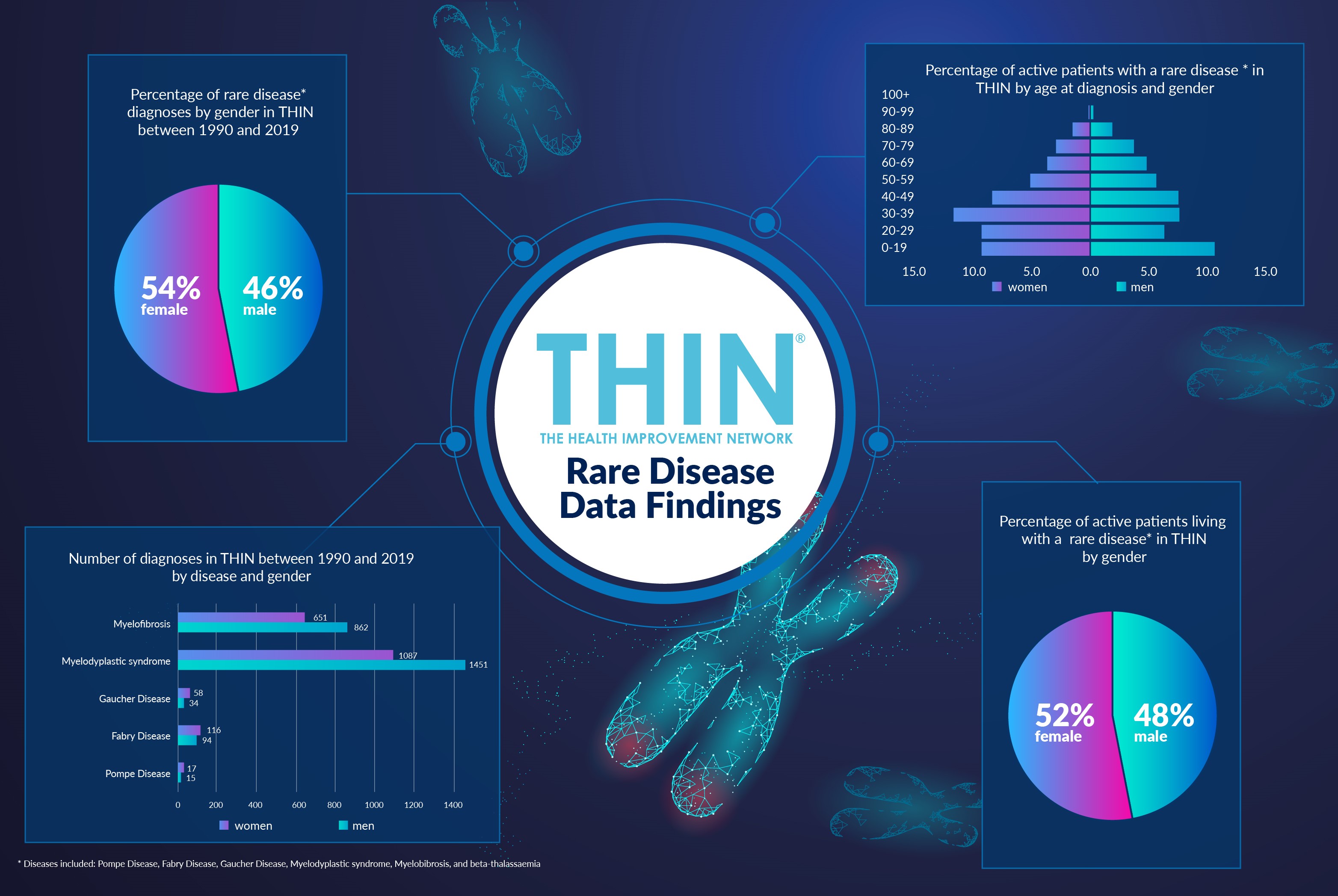
Making a Difference
This is where THIN® can be so powerful in joining up the dots, enabling discoveries that improve people’s lives and powering better pathways and safer, more effective models of care for patients. Better diagnosis and improvements in medication are clearly essential but International Rare Disease day suggests, a greater understanding of the experience of living with a rare disease is also essential.
About THIN®
The Health Improvement Network (THIN®), a Cegedim database, is an unobtrusive medical data collection scheme that contains anonymised longitudinal patient records for approximately 6% of the UK population. It is the key driving force behind enabling advancements in patient care and outcomes, with one of the most respected and reliable data sources for anonymised primary care records.
THIN® is one of the most respected and reliable data sources in the field of healthcare research and academic studies with over 1,000 research publications. One example of the way THIN® data is being used to improve the understanding of rare diseases is a paper published on Exploring the Burden of Illness of Hereditary Angioedema in the United Kingdom by Helbert M, Drogon E, Mannan A, Holbrook T, Murray H & Piercy J, published November 2013
